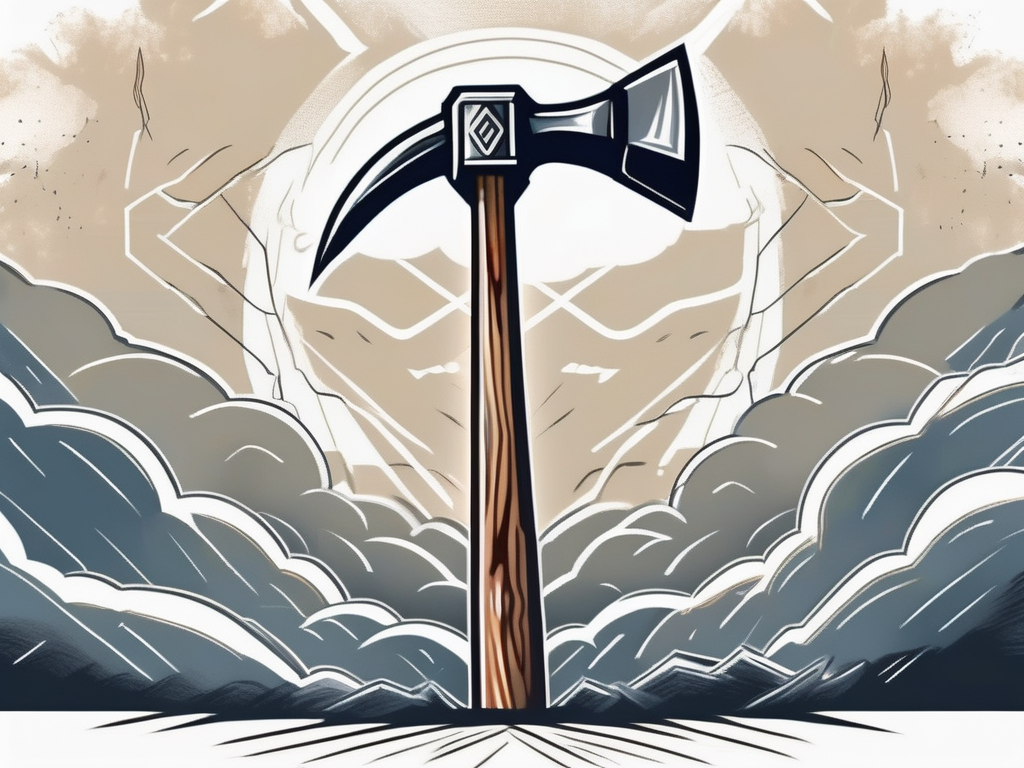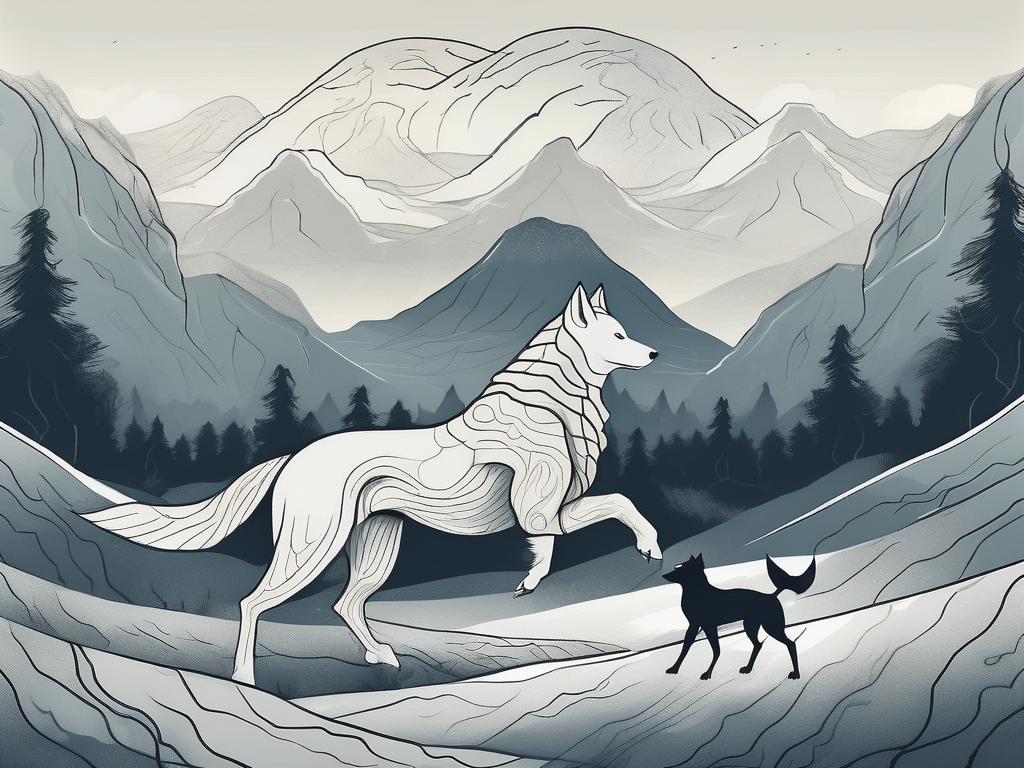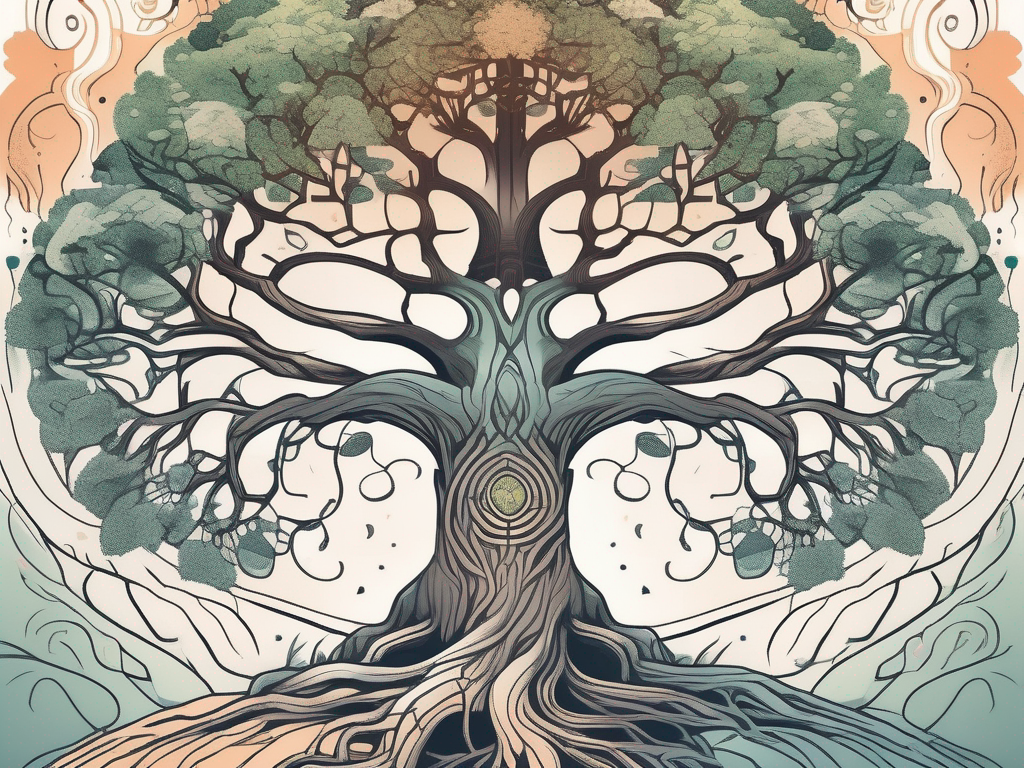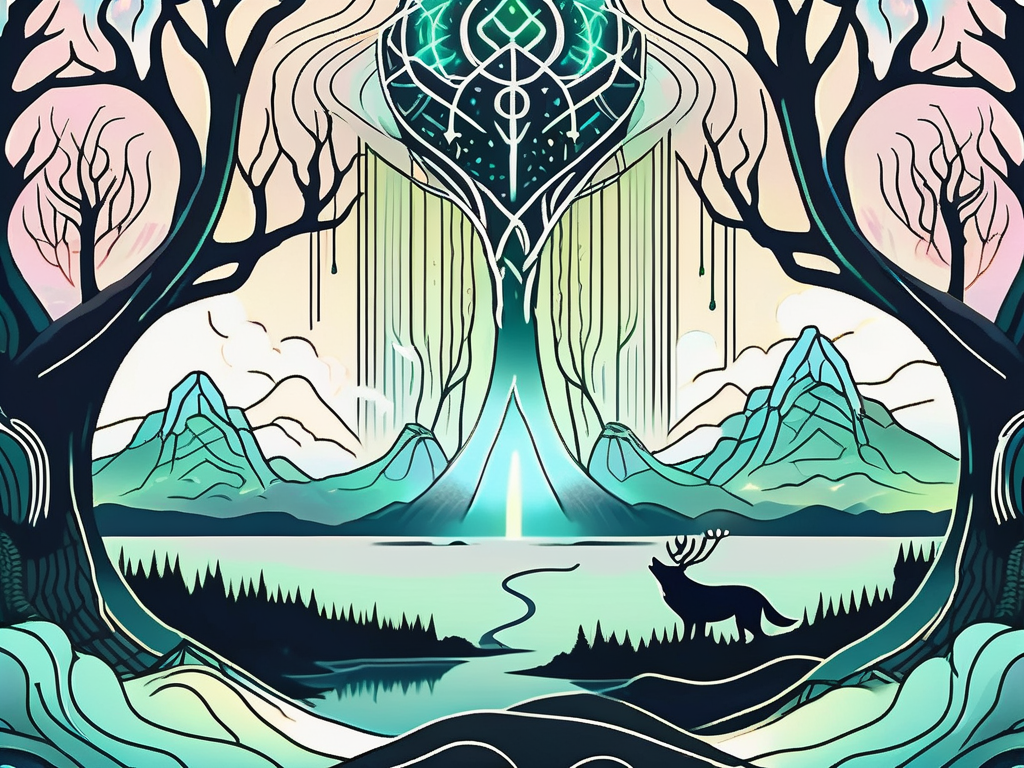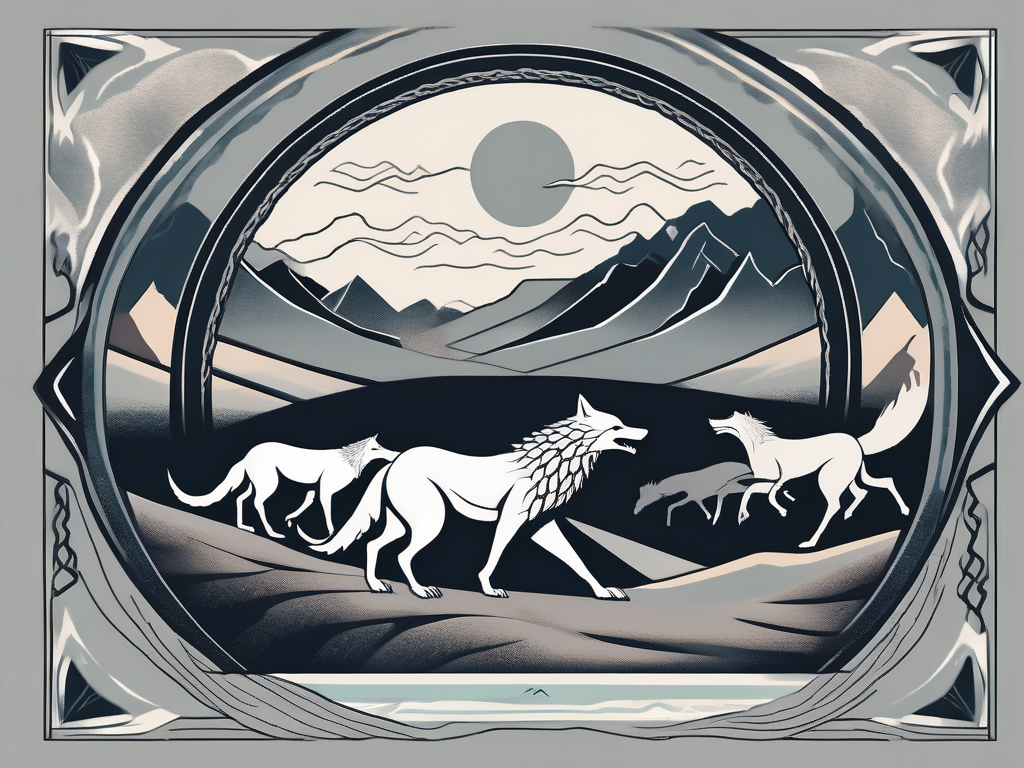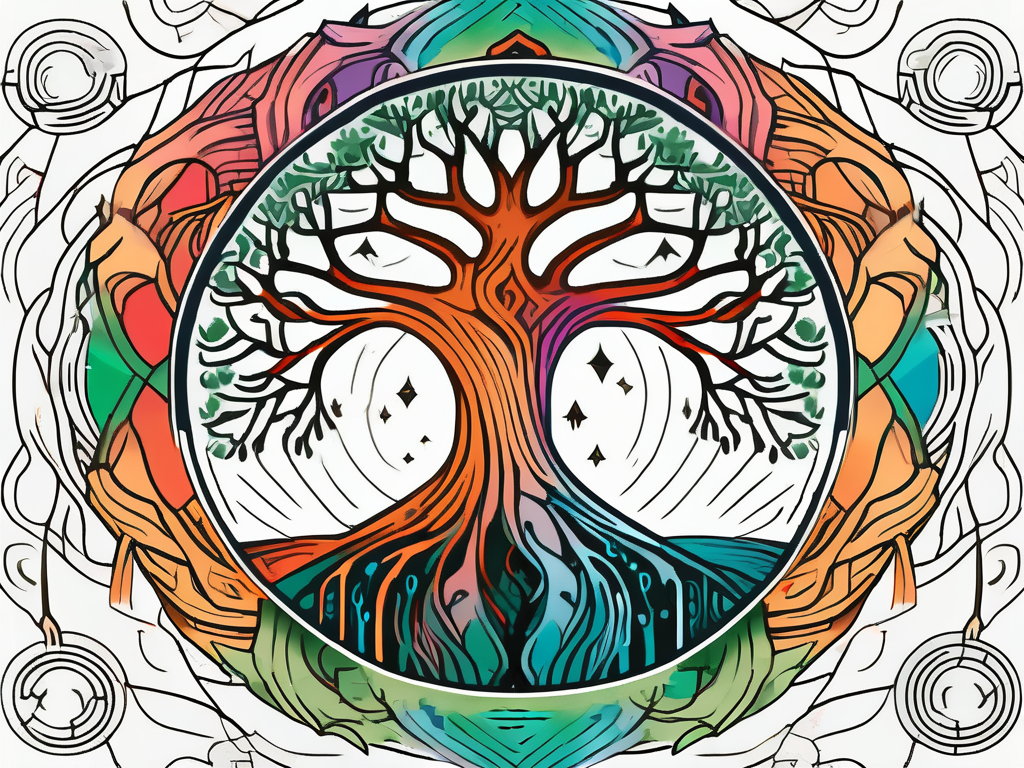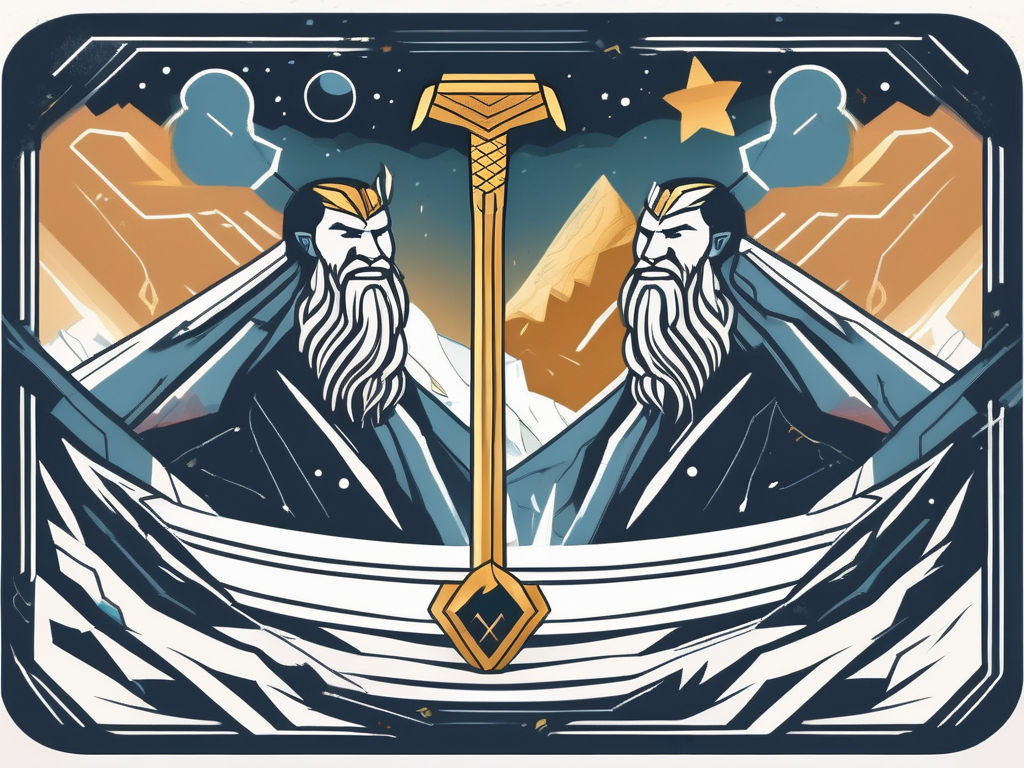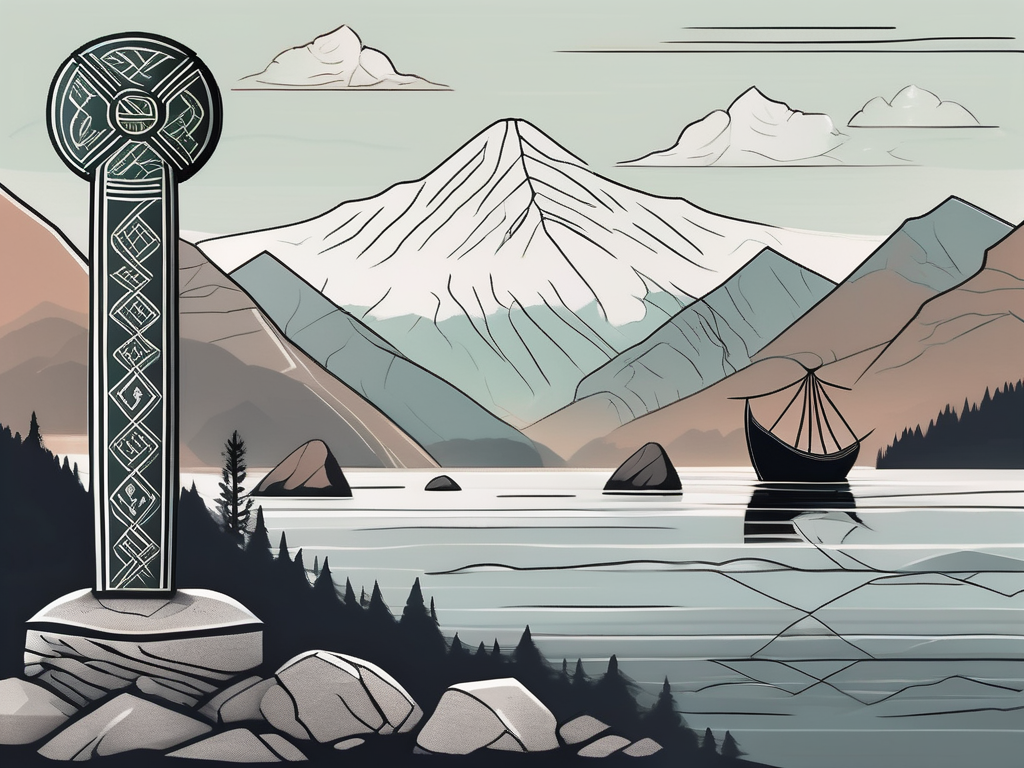Norse mythology is a rich tapestry of ancient stories and beliefs that have captivated the imaginations of countless people throughout history. In this article, we will delve into the world of the strongest Norse gods, shedding light on their fascinating origins, their roles in Viking society, and the cataclysmic event that marked the end of their reign. Join us on this epic journey as we unveil the mighty deities of Norse mythology.
Understanding Norse Mythology
Before we dive into the realm of the Norse gods, it’s important to have a basic understanding of Norse mythology itself. The tales and legends that make up this ancient belief system were passed down orally from generation to generation, eventually being recorded in written form. These stories offer insight into the Norse worldview, their cosmology, and the many gods and beings who populated their mythic universe.
Norse mythology is a fascinating and complex tapestry woven from the threads of ancient Germanic and Scandinavian cultures. It originated in the pre-Christian era, when the people of these lands looked to the natural world and the supernatural for answers to the mysteries of existence. The stories were passed down through the oral tradition, with skilled storytellers recounting the deeds and adventures of gods, heroes, and mythical creatures.
It wasn’t until the Viking Age, a period of expansion and exploration, that these tales were finally written down. This was a pivotal moment in the preservation of Norse mythology, as it allowed future generations to delve into the rich tapestry of these ancient beliefs. The written texts not only provided a means of passing on the stories more accurately, but also offered a glimpse into the cultural, social, and religious aspects of the Norse society.
The Origins of Norse Mythology
Norse mythology has its roots deeply embedded in the Germanic and Scandinavian cultures of ancient Europe. These cultures shared a common linguistic and cultural heritage, and their mythology reflected this interconnectedness. The stories of Norse mythology were shaped by the harsh landscapes, rugged coastlines, and dense forests that characterized the region.
As the early Germanic and Scandinavian tribes navigated their surroundings, they encountered natural phenomena that they could not fully comprehend. Thunderstorms, volcanic eruptions, and the changing of the seasons were all seen as the work of powerful supernatural beings. In an attempt to make sense of these forces, the ancient Norse people created a pantheon of gods and goddesses who controlled various aspects of the natural world.
These gods and goddesses were not distant and detached figures, but rather beings who actively participated in the lives of humans. They were seen as protectors, guides, and even adversaries, shaping the destinies of both individuals and entire communities. The stories of Norse mythology provided a framework for understanding the world and one’s place within it.
Key Concepts and Beliefs in Norse Mythology
Central to Norse mythology is the concept of a cosmological tree known as Yggdrasil. This immense tree connects the nine realms of existence, serving as a bridge between the mortal realm and the divine. Yggdrasil is a symbol of the interconnectedness of all things, with its roots delving deep into the earth and its branches stretching high into the heavens.
Each of the nine realms is inhabited by a variety of beings, each with their own roles and powers. The gods, known as the Aesir, reside in Asgard, the realm of the divine. They are the rulers and protectors of the cosmos, wielding great power and wisdom. The giants, on the other hand, dwell in Jotunheim, a realm of immense landscapes and towering mountains. They are often depicted as formidable adversaries of the gods, representing the chaotic and unpredictable forces of nature.
Other realms include Midgard, the realm of humans, and Alfheim, the realm of the elves. These realms, along with the realms of the dwarves, the Vanir (another group of gods), and various other mythical creatures, form a complex and interconnected web of existence.
The Norse also believed in the cyclical nature of time, with the past, present, and future intricately linked through a series of mythological events. The concept of fate, or “wyrd,” played a significant role in Norse mythology. It was believed that every individual’s destiny was predetermined, and that even the gods themselves were subject to the whims of fate.
These key concepts and beliefs in Norse mythology provide a glimpse into the rich and intricate tapestry of this ancient belief system. Exploring the tales and legends of the Norse gods and their mythic universe allows us to delve into the depths of a culture that saw the divine in the natural world and sought to understand the mysteries of existence.
The Pantheon of Norse Gods
At the heart of Norse mythology are the gods themselves, a pantheon of powerful and awe-inspiring beings. Divided into two main groups, the Æsir and the Vanir, these deities played significant roles in the daily lives of the Vikings.
The Æsir: The Main Gods of Norse Mythology
The Æsir gods were the most prominent figures in Norse mythology, representing various aspects of life and nature. The Allfather Odin, often depicted as a wise and one-eyed wanderer, ruled over Asgard, the realm of the gods. Thor, renowned for his incredible strength and thunderous hammer, was the beloved defender of both gods and humans. Other notable Æsir gods included Baldr, the god of beauty and light, and Tyr, the god of law and justice.
The Vanir: The Other Significant Deities
While the Æsir were the main gods in Norse mythology, the Vanir gods also held considerable importance. Freya, the powerful goddess of love and war, dwelled in Folkvangr and welcomed slain warriors to her domain. Freyr, her brother, ruled over fertility and abundance, ensuring the prosperity of the land. The Vanir gods brought balance to the pantheon and played vital roles in the narratives of Norse mythology.
The Mightiest Norse Gods
Among the many Norse gods, a few stand out for their exceptional power and influence. Let us now turn our attention to the mightiest beings in the Norse pantheon.
Odin: The Allfather
Odin, the Allfather and ruler of Asgard, wielded immense wisdom and knowledge. He sacrificed his eye to gain the ability to see the future, earning him the title of the god of war, wisdom, and poetry. Odin’s ravens, Huginn and Muninn, symbolized thought and memory, granting him valuable insight into the workings of the world.
Thor: The God of Thunder
Thor, the thunder god and son of Odin, was known for his fiery temper and incredible strength. With his mighty hammer, Mjölnir, he protected Asgard and Midgard from the threats of giants and monsters. Thor’s exploits were legendary, and his hammer strikes could summon thunder and lightning, striking fear into the hearts of his enemies.
Loki: The Trickster God
Loki, the enigmatic and mischievous trickster god, was a complex figure in Norse mythology. Although not considered one of the strongest gods physically, Loki possessed cunning and resourcefulness beyond measure. His shape-shifting abilities and quick wit often led him into trouble, but he was an essential part of the Norse pantheon, challenging the status quo and fanning the flames of chaos.
Freya: The Goddess of Love and War
Freya, the captivating goddess of love and war, embodied both beauty and strength. With her magic necklace Brísingamen, she commanded desire and invoked passion in mortals and gods alike. Though primarily associated with love and fertility, Freya also had a more fierce side, leading warriors to battle and claiming their souls in the afterlife.
The Role of Norse Gods in Viking Society
The Norse gods played a significant role in shaping Viking society and culture. Let’s explore how their presence influenced various aspects of Viking life.
Worship and Rituals
Viking society was deeply religious, with rituals and ceremonies dedicated to the gods forming an integral part of their daily lives. Temples and sacred groves were places of worship, where offerings were made to appease the deities and seek their blessings. Festivals and seasonal celebrations were also important, honoring the gods and ensuring prosperous harvests and victories in battle.
Influence on Viking Warfare and Politics
The Norse gods were not merely distant figures to be revered but also played a vital role in shaping Viking warfare and politics. Vikings believed that their victories in battle were a direct result of the gods’ favor, and many warriors sought to prove their worthiness through acts of bravery. Kings and rulers also invoked the gods’ authority to legitimize their power, drawing upon the divine connection between the mortal realms and the realm of the gods.
The End of the Norse Gods: Ragnarok
As with any mythology, the stories of the Norse gods ultimately come to an end. In Norse mythology, this cataclysmic event is known as Ragnarok, a prophecized battle that would lead to the destruction and eventual rebirth of the world.
The Prophecy of Doom
According to the prophecy, a series of events would unfold, triggering a chain reaction that would culminate in the final battle between the forces of good, represented by the gods, and the forces of evil, led by the giants and other monstrous creatures. This apocalyptic clash would usher in a new era, ultimately leading to the rebirth of the cosmos.
The Final Battle and Aftermath
In the climactic battle of Ragnarok, many gods would fall, including Odin and Thor. The world would be engulfed in flames and submerged in water, bringing about its destruction. However, the cycle of life would continue, and from the ashes of Ragnarok, a new world would emerge, where surviving gods and humans would rebuild society and begin anew.
As we wrap up our exploration of the strongest Norse gods and their place in Viking mythology, we are reminded of the enduring power and influence of these timeless tales. Whether in the grand halls of Valhalla or in the hearts and minds of those captivated by their stories, the mighty deities of the Norse pantheon continue to wield their mythical might and shape our understanding of the ancient world.


